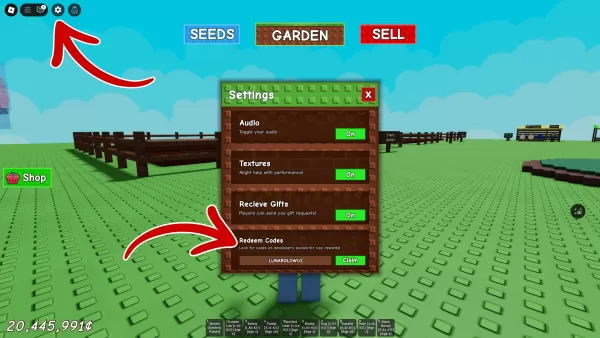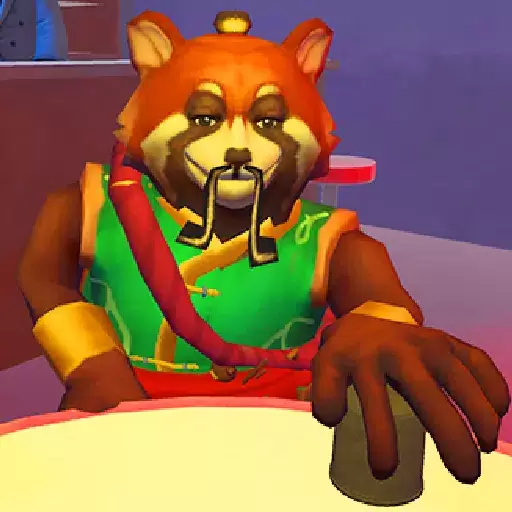From the arid deserts to the lush forests, the fiery volcanoes to the icy tundras, the Monster Hunter series is renowned for its diverse ecosystems, each teeming with unique monsters. The thrill of exploring unknown territories and hunting across varied landscapes is a hallmark of the Monster Hunter experience. This immersive journey continues in Monster Hunter Wilds, the latest installment in the franchise, where adventurers will venture into the challenging terrain of the Oilwell Basin, a region marked by flames and oilsilt.
Upon entering the Oilwell Basin, hunters will navigate through paths obstructed by viscous oil and blazing magma. Despite its seemingly desolate appearance, the area is alive with the slow movements of small creatures in the mire, and scattered remnants of an ancient civilization dot the landscape. Yuya Tokuda, the director of both Monster Hunter: World and Monster Hunter Wilds, sheds light on the unique nature of this environment.
"During the Fallow, the Oilwell Basin is filled with mud and oil. When the Inclemency known as the Firespring arrives, it burns away the oilsilt. During the Plenty, the burned-away oil and soot vanish, revealing the minerals, microorganisms, and the original colors of manmade artifacts beneath," he explains.
Down in the Muck
The Oilwell Basin's design concept was shared by Kaname Fujioka, the original *Monster Hunter* director and current executive director and art director for *Wilds*."We wanted to create a vertically connected environment, contrasting the horizontally expansive Windward Plains and Scarlet Forest," Fujioka notes. "The environment changes as you move through the top, middle, and bottom strata. The top strata is where oil collects like mud, with sunlight reaching it, while the lower you descend, the hotter it gets, with lava and other substances."
Tokuda elaborates on the ecosystem: "From the middle to bottom strata, you'll encounter creatures reminiscent of aquatic life, similar to those found in deep seas or around underwater volcanoes. We applied the knowledge gained from designing the Coral Highlands in World, where we imagined aquatic creatures living on the surface, to create the Oilwell Basin's unique ecosystem."
The Oilwell Basin transforms from a barren wasteland to a vibrant area during the Plenty. Fujioka wants players to experience this stark contrast, noting, "During the Fallow and Inclemency, smoke billows from the Basin like a volcano or hot spring. But in the Plenty, it takes on a clear, marine-like tone. The environmental biology here supports creatures you'd typically find on the ocean floor."The Oilwell Basin's ecosystem is distinct, relying on geothermal energy rather than sunlight and vegetation, which supports a range of life from shellfish to large monsters. The Rompopolo, a globular, noxious creature with a needle-like mouth, is one such inhabitant. Fujioka explains its design: "We envisioned it as a tricky swamp-dweller that uses toxic gas to create chaos. The concept of a mad scientist inspired its chemical purple color and glowing red eyes. Yet, the equipment crafted from it is surprisingly cute, as is the Palico gear."
Tokuda describes the Rompopolo Palico equipment as "amusing," and I experienced firsthand the charm of this gear during my playtime. I encourage players to craft and try it out.
Flames of Ajarakan
Another new monster in the Oilwell Basin is Ajarakan, resembling a massive, flame-enshrouded gorilla. Unlike the Congalala of the Scarlet Forest, Ajarakan boasts a slimmer silhouette.
Ajarakan's battles with Rompopolo for territory were showcased in this video, where it was seen embracing Rompopolo in a fiery bear hug. Its martial arts-inspired movements, focusing on fist-based attacks, add a unique charm to this fanged beast.Tokuda discusses the design philosophy: "Fanged beasts typically have low hips, placing their heads at eye level with hunters, which can make it hard to sense their threat. We gave Ajarakan a top-heavy, towering silhouette and incorporated flame elements fitting for the Oilwell Basin, along with wrestler-inspired grabbing attacks to highlight its physical strength."
Fujioka adds, "We wanted a straightforward monster, and Ajarakan fulfills that with its simple yet powerful attacks, like punching or slamming its fists to create flames."
Ajarakan holds a high position in the Oilwell Basin's ecosystem, its flashy, flame-enhanced attacks setting it apart from the poison and oilsilt-using Rompopolo. Fujioka reflects on its development: "Initially, it was just a physically powerful monster. We wanted to add personality through the use of flames and heat, but not just by having it breathe fire. We designed it to wear flames on its back, like the Buddhist deity Acala, and the concept of its rising internal temperature giving it the power to melt anything added to its character."The straightforward power of Ajarakan contrasts with Rompopolo's trickiness. Fujioka explains that the team continuously added more dynamic moves to Ajarakan as development progressed, such as it jumping, curling up, and crashing down.
A Monster Generations in the Making
Dominating the Oilwell Basin as its apex predator is Nu Udra, an octopus-like creature coated in flammable oil. Similar to the lightning-wielding Rey Dau of the Windward Plains and the water-enshrouded Uth Duna of the Scarlet Forest, Nu Udra embodies the fiery nature of its habitat. Fujioka confirms that octopuses inspired its design, aiming for a striking silhouette with demonic horns and an ambiguous facial structure.
Tokuda mentions that the music during Nu Udra battles evokes demonic imagery, with composers incorporating phrases and instruments reminiscent of black magic.Nu Udra's tentacle movements draw inspiration from previous monsters like Lagiacrus from Monster Hunter Tri. Both Tokuda and Fujioka had long desired to bring a tentacled monster to life, and Nu Udra represents the culmination of that ambition.
Fujioka reflects on the challenge of incorporating such monsters: "Monsters with unique movements like Nu Udra leave a strong impression when used at the right moment. We aimed to evoke a sense of adventure, similar to encountering a cryptid."Tokuda nostalgically recalls his role in introducing Yama Tsukami in Monster Hunter 2 (Dos), highlighting the team's dedication to creating impactful monster experiences.
The development of Nu Udra posed significant technical challenges, especially in terms of its movement and interaction with the environment. Fujioka acknowledges the team's efforts: "We worked hard on depicting flexible bodies, challenging ourselves with ambitious ideas. The final product is a testament to our artists' dedication."The team's use of new technologies allowed them to realize their long-held vision for Nu Udra. Tokuda recalls an animator's excitement about Nu Udra's movement into small holes, a detail that added to the monster's realism and charm.
When battling Nu Udra, its flexible body and numerous tentacles pose a significant challenge. Tokuda advises on strategies: "Its body is soft with many breakable parts. Hunters should focus on where to attack, as cutting off a tentacle reduces its area-of-effect attacks. It's designed for multiplayer, with its targets split up, making it ideal for using SOS flares and Support Hunters."Fujioka adds, "Destroying its parts is key to defeating it, much like with Gravios, where breaking its armor reveals vulnerabilities. This approach aligns perfectly with Monster Hunter's core gameplay."
A Welcome Reunion
Gravios, absent since *Monster Hunter Generations Ultimate*, returns in the Oilwell Basin, fitting perfectly with its rocky carapace and hot gas emissions. Tokuda explains the decision: "We wanted monsters that match the Oilwell Basin's environment and enhance the game's progression. Gravios felt like a fresh challenge."The reintroduced Gravios boasts an even harder body, making it a formidable opponent. Tokuda shares the design intent: "We wanted to preserve its signature hardness while making it a late-game challenge. As hunters progress, they'll discover more ways to defeat it using the wound system and part breaking."
All Monsters in Monster Hunter Wilds
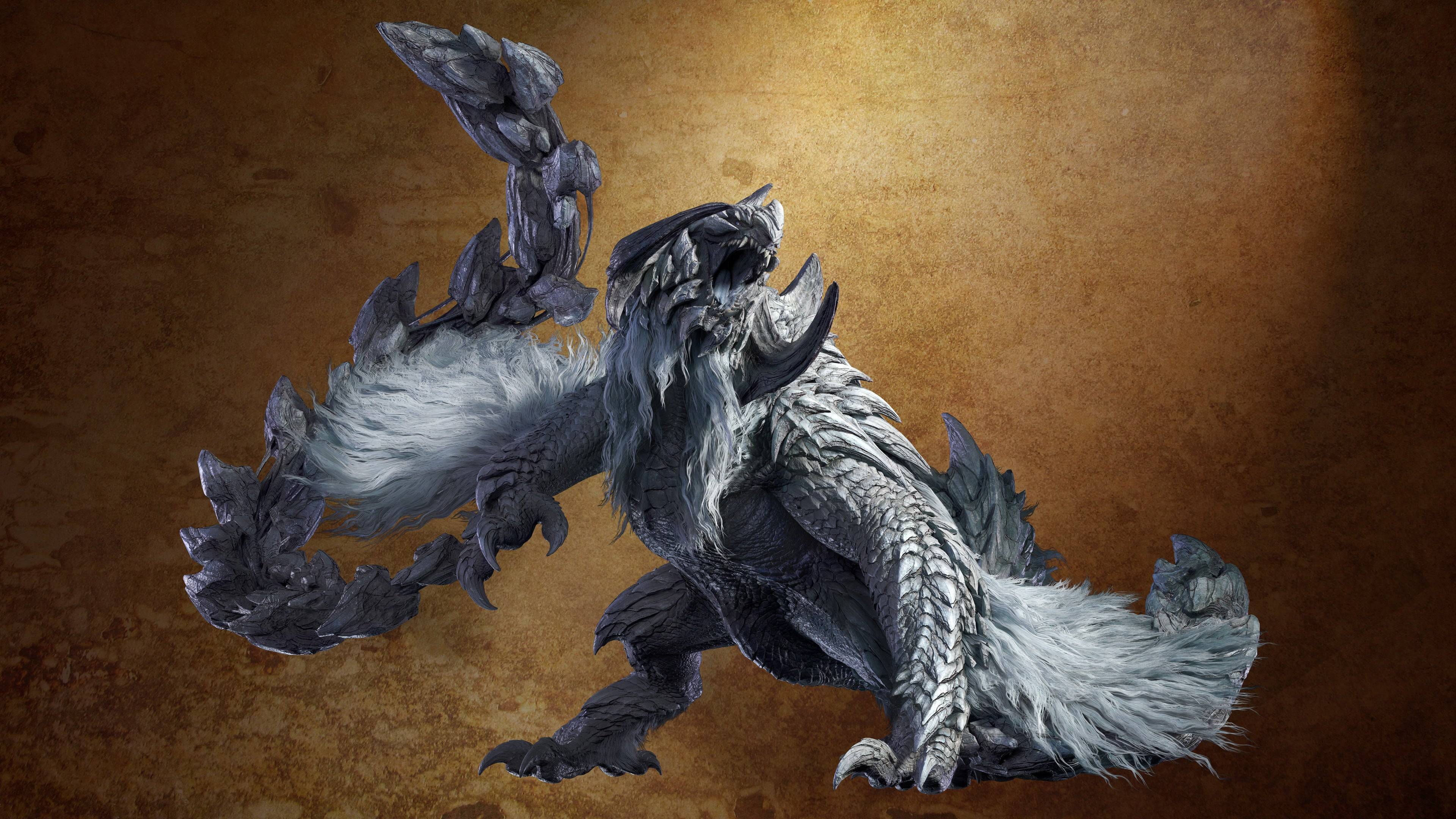
 17 Images
17 Images
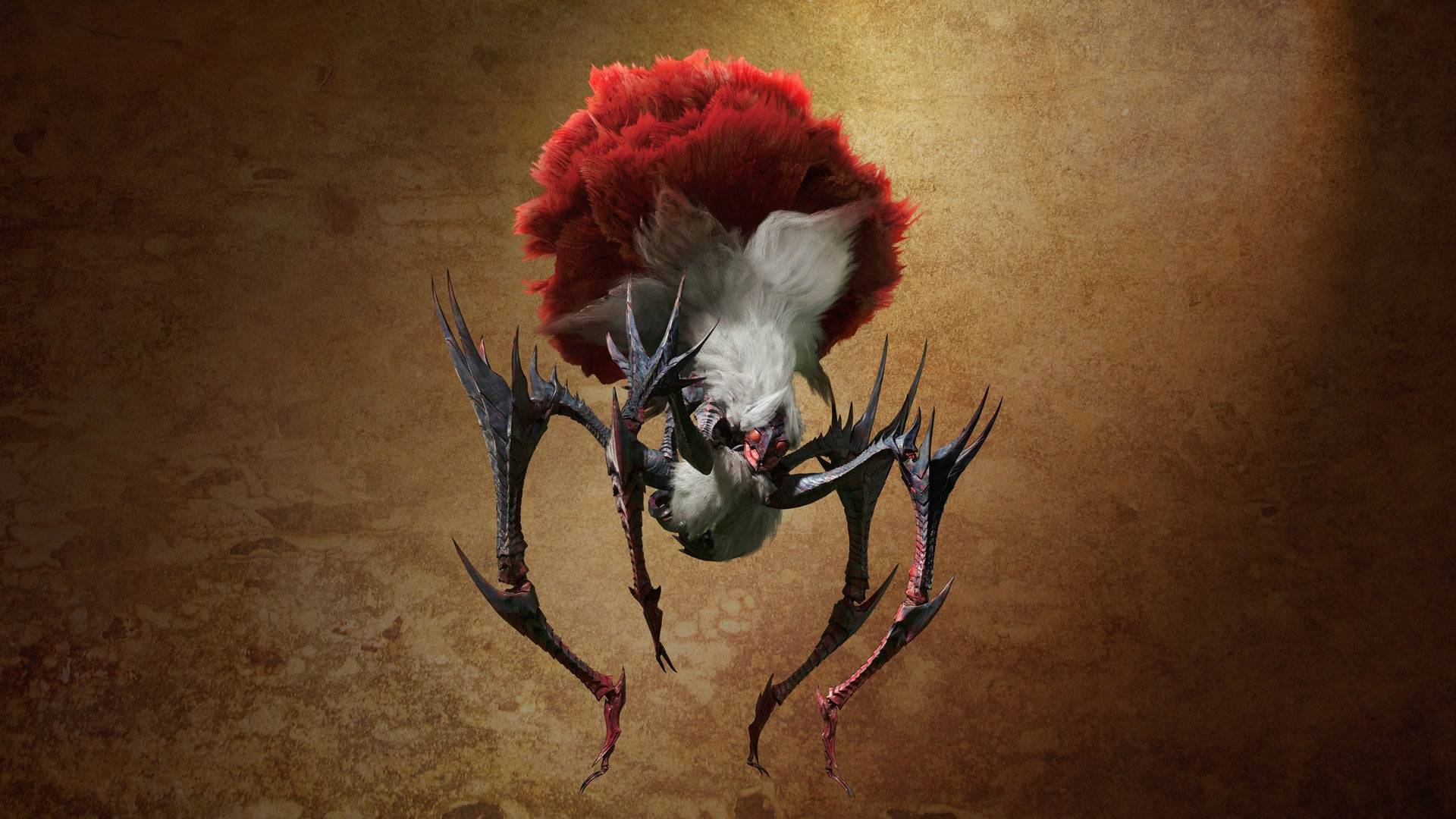
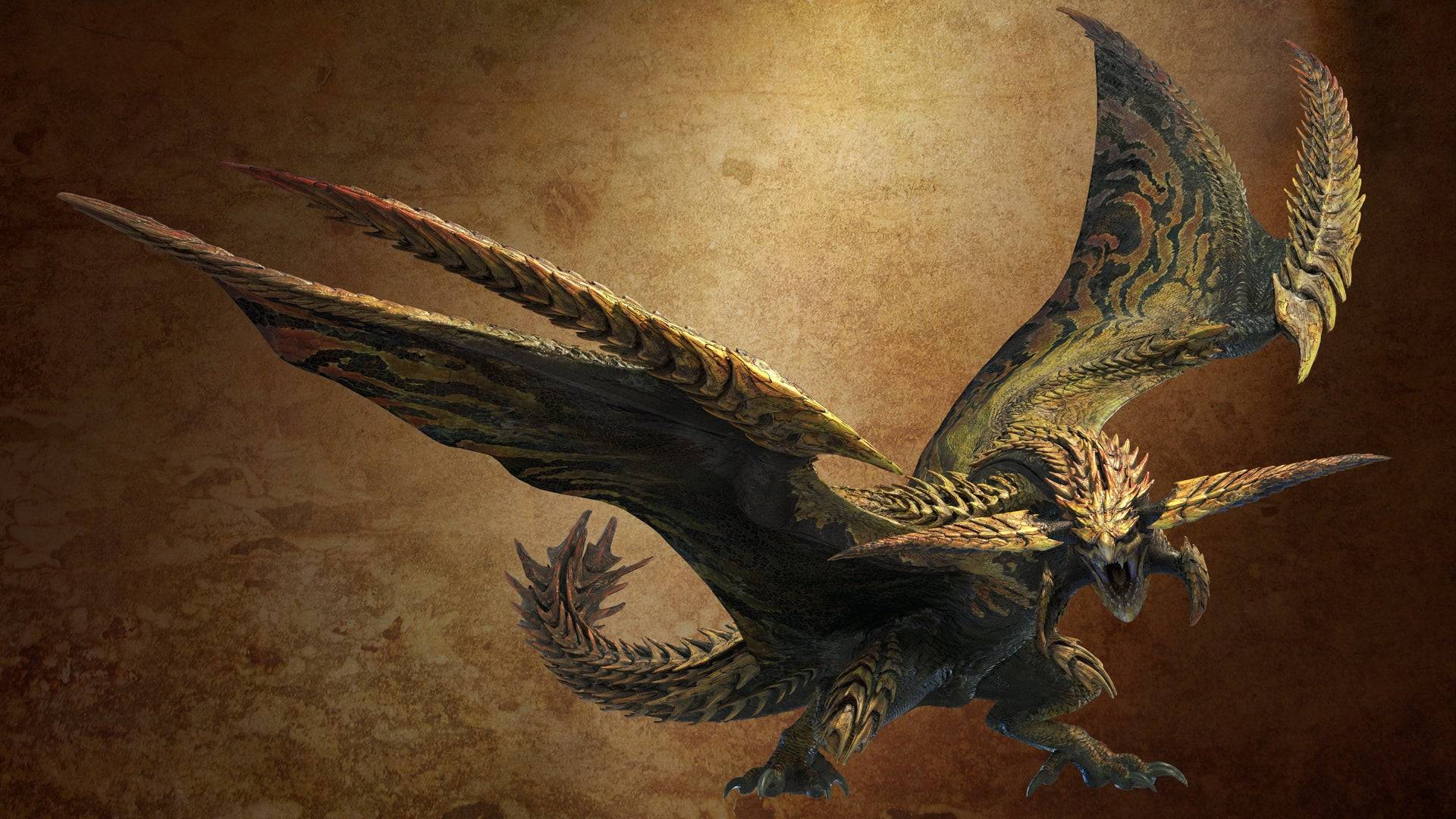
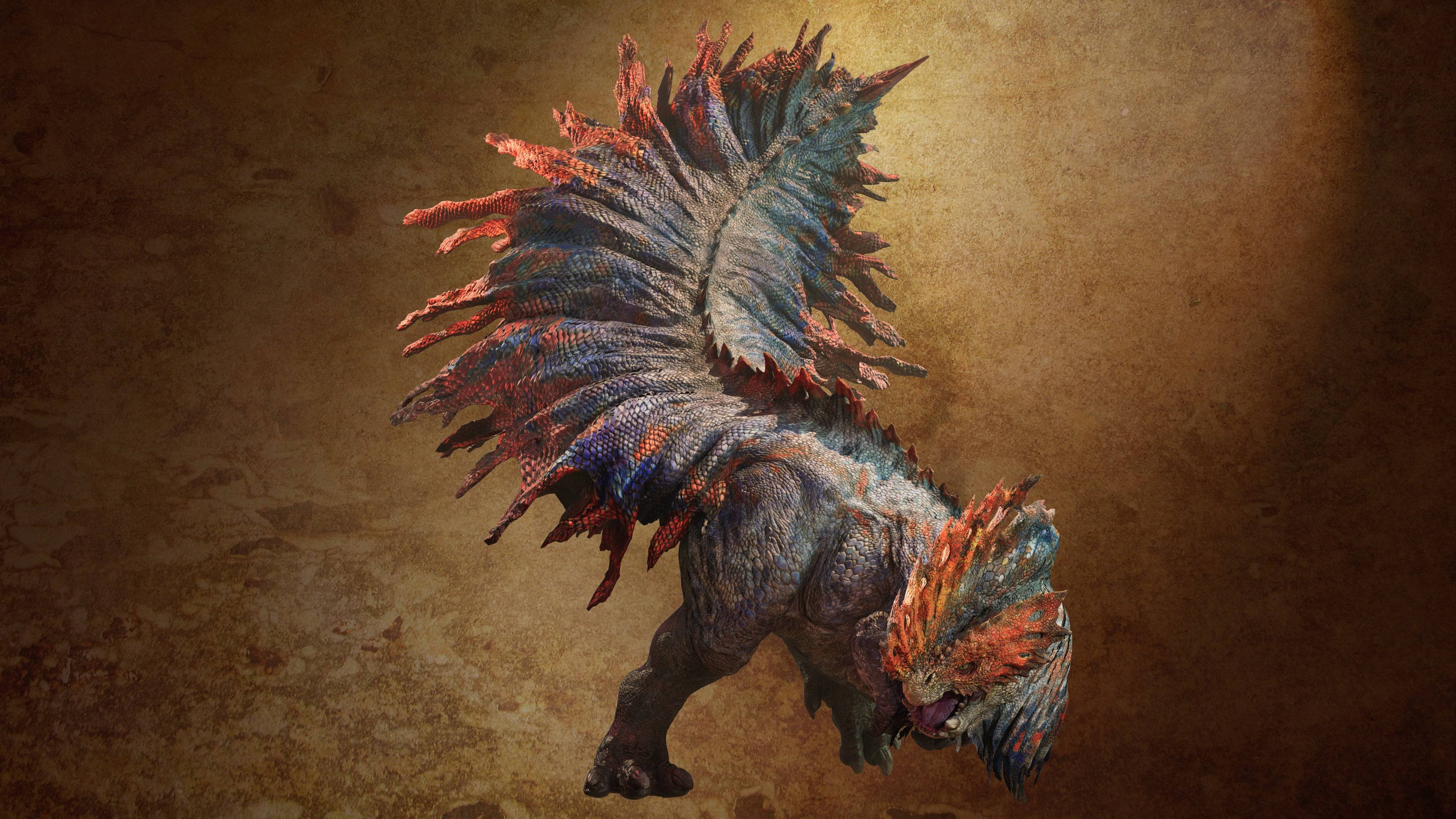 While Gravios returns, its juvenile form, Basarios, will not appear in Wilds. Fujioka explains, "We carefully consider reintroducing monsters to ensure they enhance the game. Basarios wasn't the right fit this time."
While Gravios returns, its juvenile form, Basarios, will not appear in Wilds. Fujioka explains, "We carefully consider reintroducing monsters to ensure they enhance the game. Basarios wasn't the right fit this time."
The Monster Hunter team's thoughtful approach to monster selection ensures that each creature adds to the game's depth and excitement. With numerous other monsters awaiting in the Oilwell Basin, I eagerly anticipate embarking on this new hunting adventure, Cool Drink in hand.

 Latest Downloads
Latest Downloads
 Downlaod
Downlaod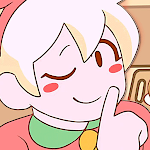
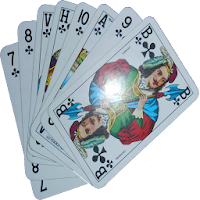



 Top News
Top News